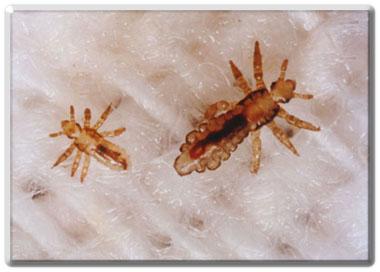
They do not fly or jump. They take on the color of the surrounding background much like a chameleon, so they may be black, yellow, brown, whitish, or reddish. Since they are very small and move very quickly, diagnosis of head lice infestation is usually made on the basis of discovery of nits. Nits are louse eggs, about the size of a comma , and yellowish-brown to white in color. Head lice attach their nits to hair with a waterproof, cement-like glue.
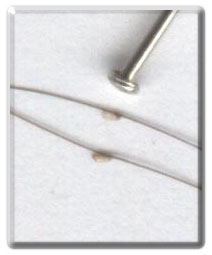
Nits, therefore, cannot be washed or brushed out of the hair in a normal manner. The tend to congregate behind the ears and near the neckline at the back of the head.
How to Treat Head Lice:
Lice are an annoyance, not life threatening and infestations are treatable. Treatment is a four step process; shampooing, treatment with a pesticide, nit removal, and environmental cleanup. Each of the four steps is important and skipping any one will very likely result in reinfestation.
- Shampooing:
Before treating with a pesticide shampoo treatment, wash the hair with a plain shampoo with no conditioner. Conditioner will prevent the pesticide shampoo from clinging to the hair.
- Treatment:
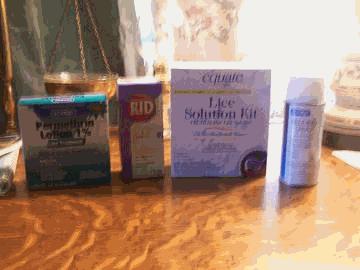
There are several brands of pesticide treatment shampoos available. They are all basically Permethrin between 0.5% and 1% active, with inactive ingredients that most often include Canadian Balsam fir extract, citric acid, and alcohol.
Treatments must be used exactly in accordance to the package instructions because permethrin is a very nasty chemical that can be toxic if overused. The treatment should be used by all members of the family (check with a physician or your team medic before treating an infant less than three months old) living in the same area as the infected person. If the infected person regularly sleeps at a neighbors home, daycare, relatives home, etc. those folks should be treated as well.
- Nit removal:
This is the most frustrating part of the process. You must remove every nit on the head for the treatment to be effective. After treating with the shampoo, wetting the hair with a solution of ˝ and ˝ water and vinegar and letting the hair soak in that mixture covered by a shower cap for ˝ hour will loosen the nit "glue". Then, under a strong light comb the hair with a special metal or plastic nit comb. This is a comb with very fine teeth that separates the hair into fine sections.
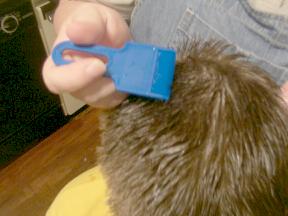
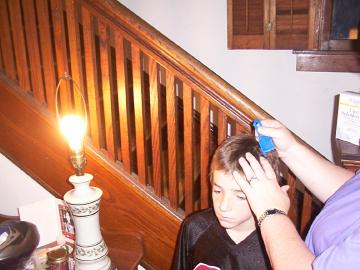
The only effective way to remove the nits is to do it by hand, just pulling them off the hair shaft with fingernails and disposing on them carefully in a plastic bag. There are also nit dyes like "Neon Nit" that can be sprayed on the hair and then combed out. The nits will be "stained" neon and much easier to see.
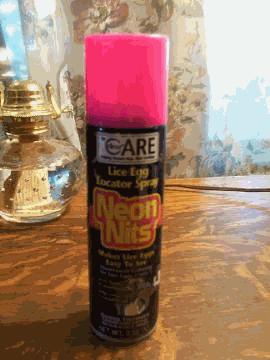
- Environmental Cleanup:
Every place the infested person has spent significant time or has slept needs to be treated. First, wash all combs, brushes and hair ornaments with the pesticide shampoo. Second, machine wash all washable clothing and bedding in 130 degree F or warmer water and dry in a hot dryer for 20 minutes if available, or dry in the sun as a second choice. Next, anything that cannot be washed such as stuffed animals, bike helmets, backpacks, etc. must be sealed in a double plastic bag for two weeks. Vacuum the rugs, upholstery, mattresses, car seats and anything else that is vacuumable that you believe may be harboring the lice and dispose of the vacuum bag after finishing.
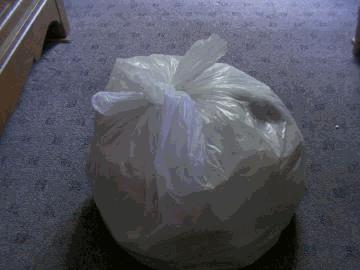
Head lice treatment products should probably be a part of your medical OTC health and hygiene products preparations. Having the products available when you need them is, of course, the idea of preparedness that we try to follow. But what if you’re caught without any fancy pesticide shampoo? Well …although some people dismiss the treatment as an "old-wives" tale, many people successfully use mayonnaise to treat lice. The theory is that the lice and nits will be suffocated by the mayonnaise. Use only 100% real mayonnaise not lite, low-fat or salad dressing only mayonnaise. Apply generously to all hair and make sure all hair is saturated. Cover the hair with a shower cap and leave the mayonnaise and shower cap in place overnight. In the morning rinse the mayo out with warm water. Shampoo the hair as usual and pick the nits out by hand.
So, stock some lice treatment supplies to get rid of those pesky creatures. And then, as I always say -
Get out and train!
Stryder
All materials at this site not otherwise credited are Copyright (c) 1996-2002 Trip Williams. All rights reserved. May be reproduced for personal use only. Use of any material contained herein is subject to stated terms or written permission.